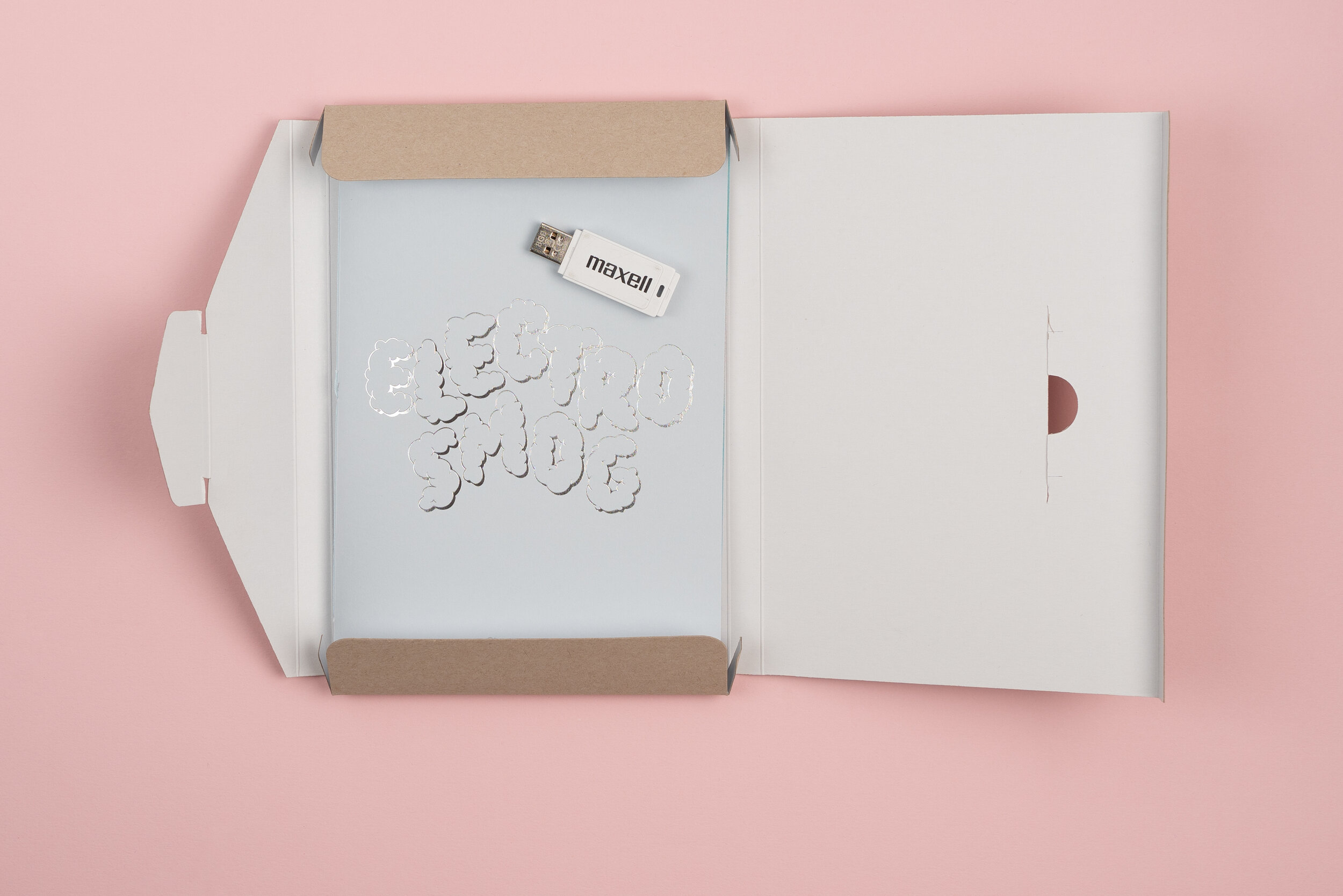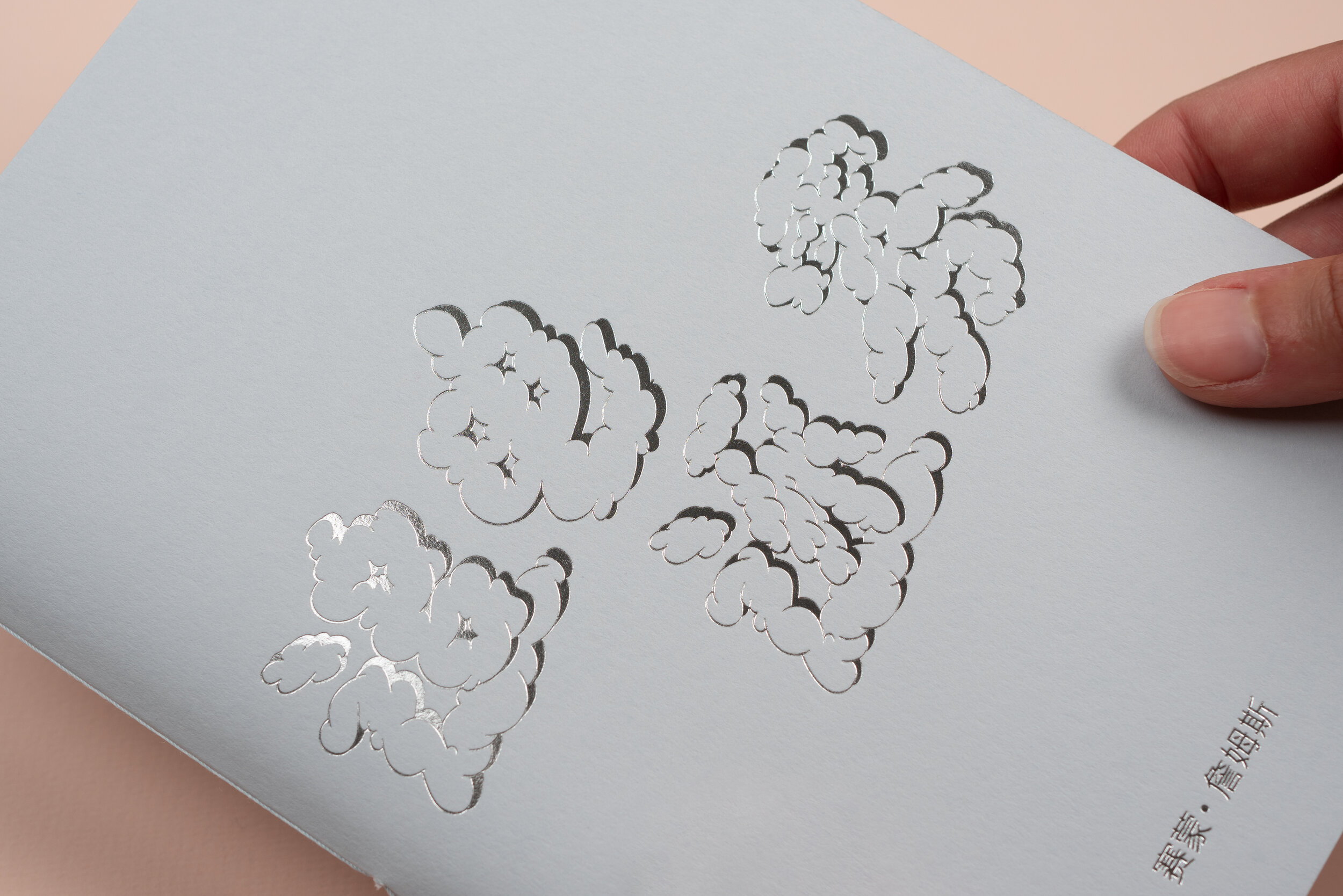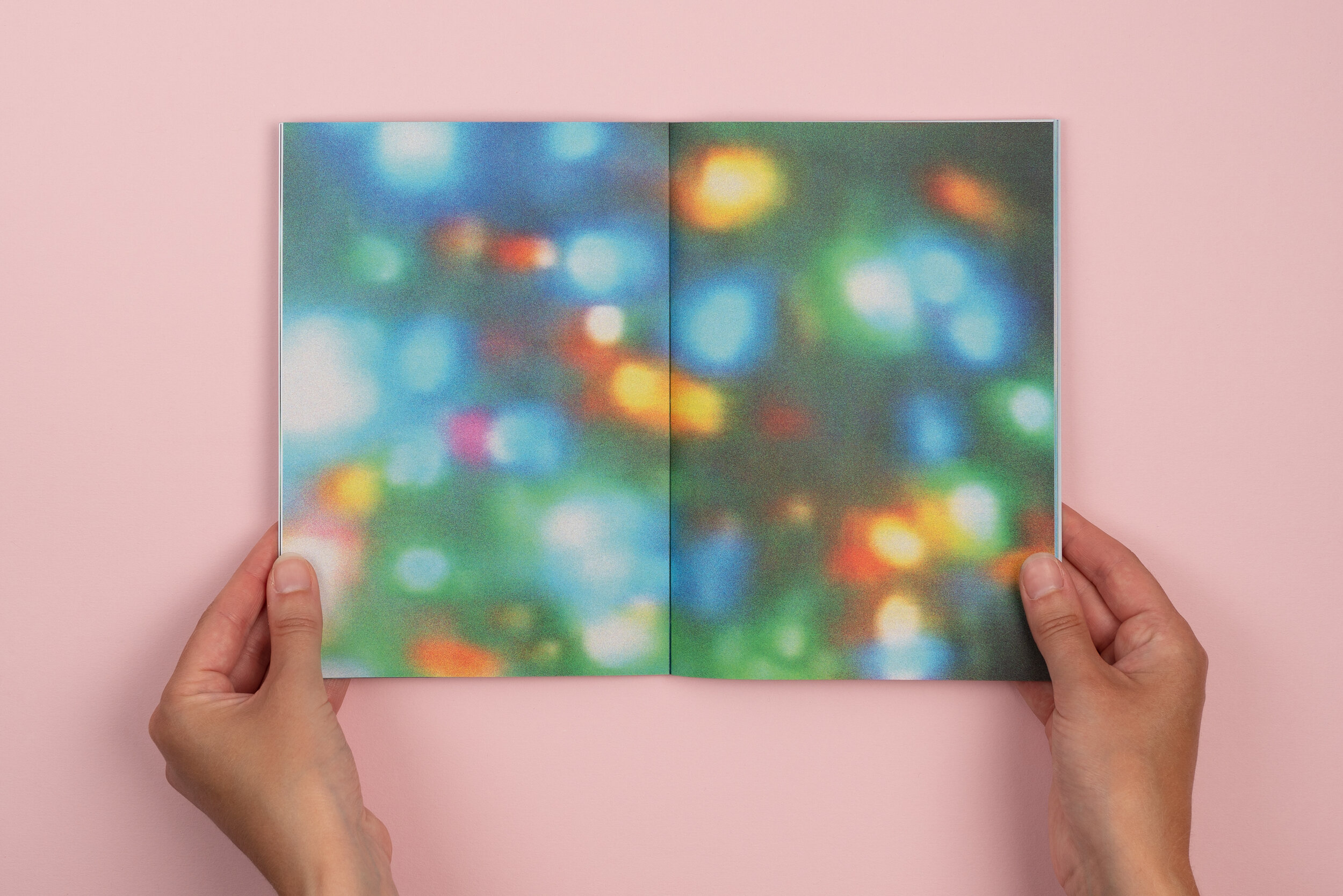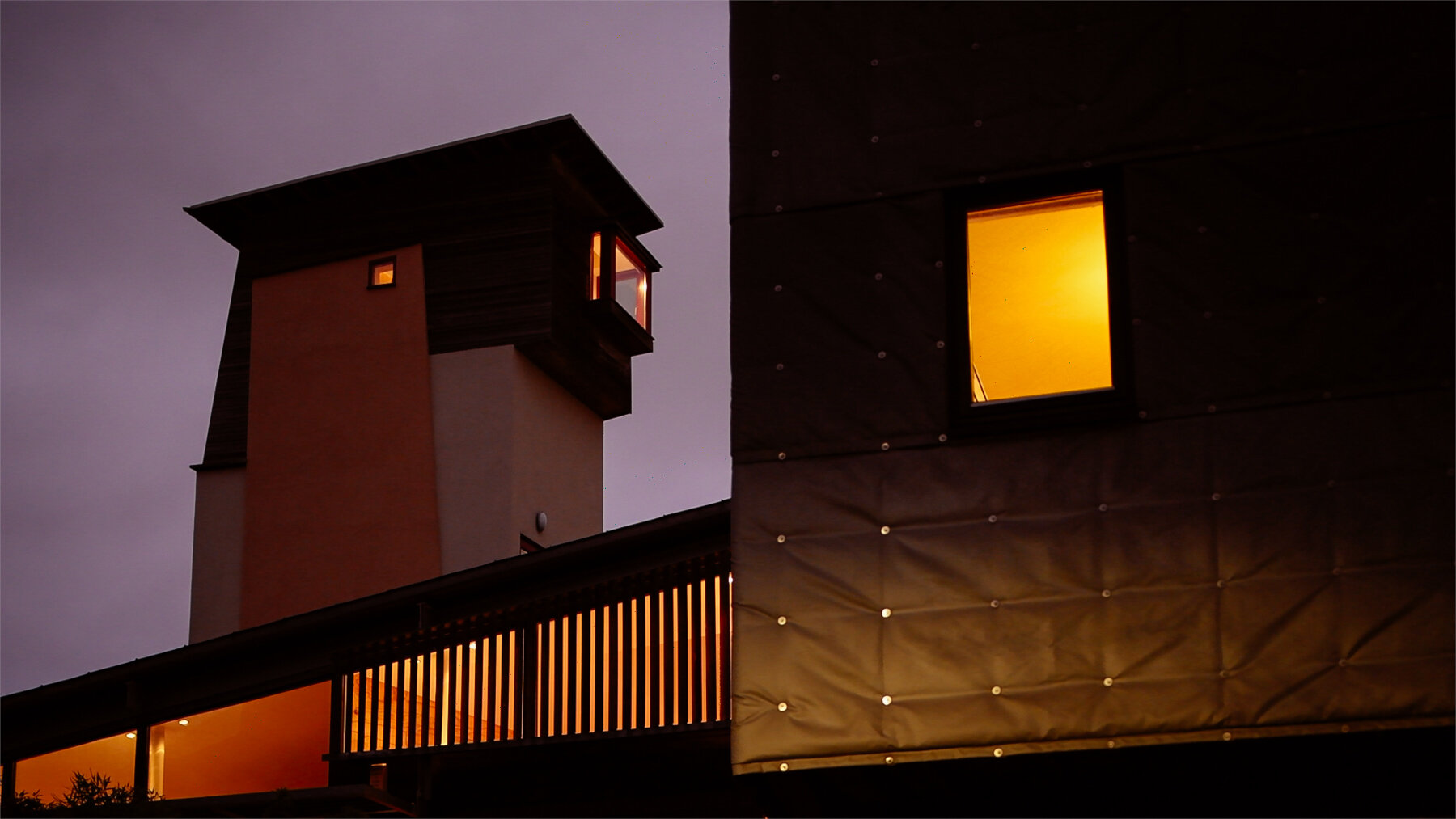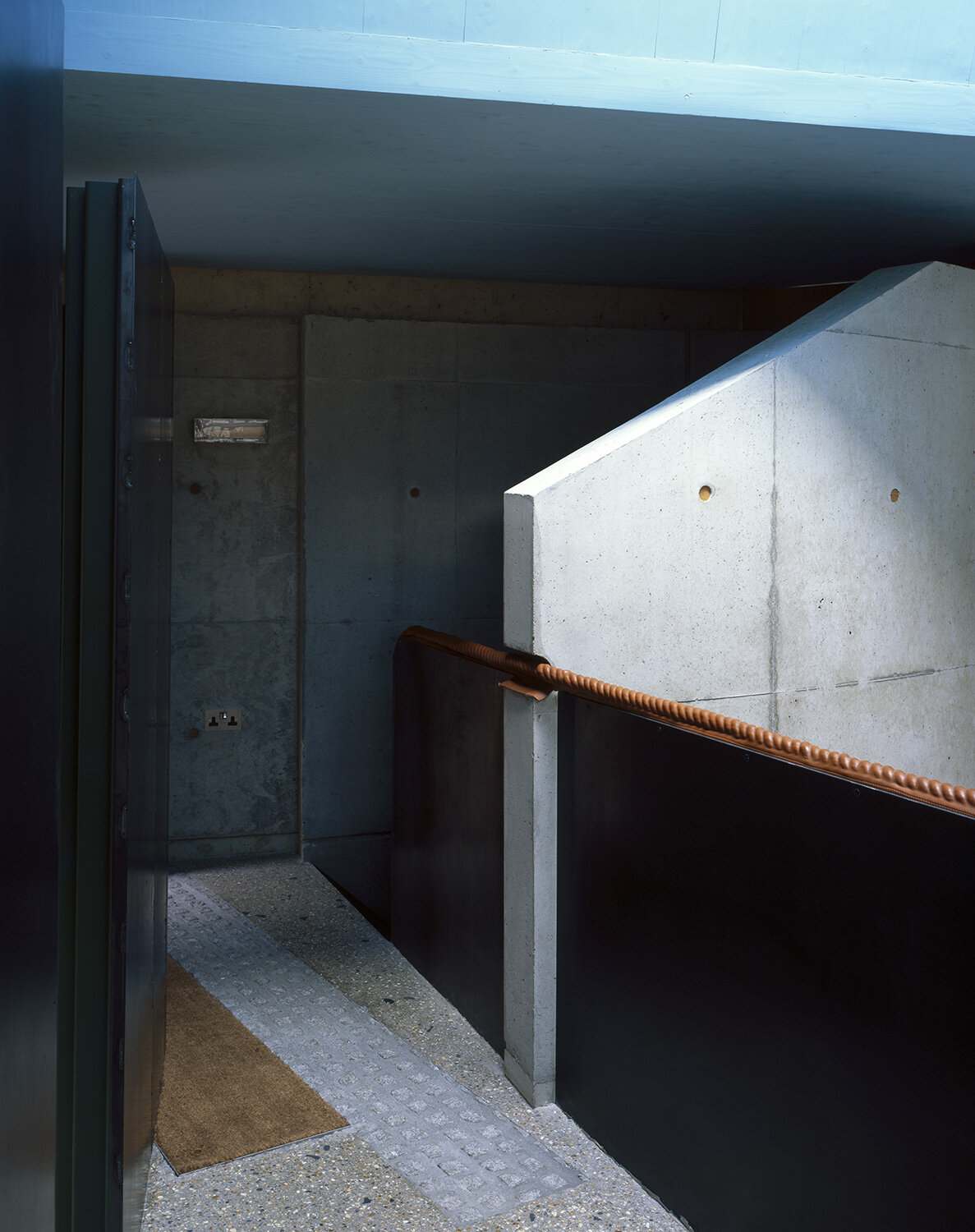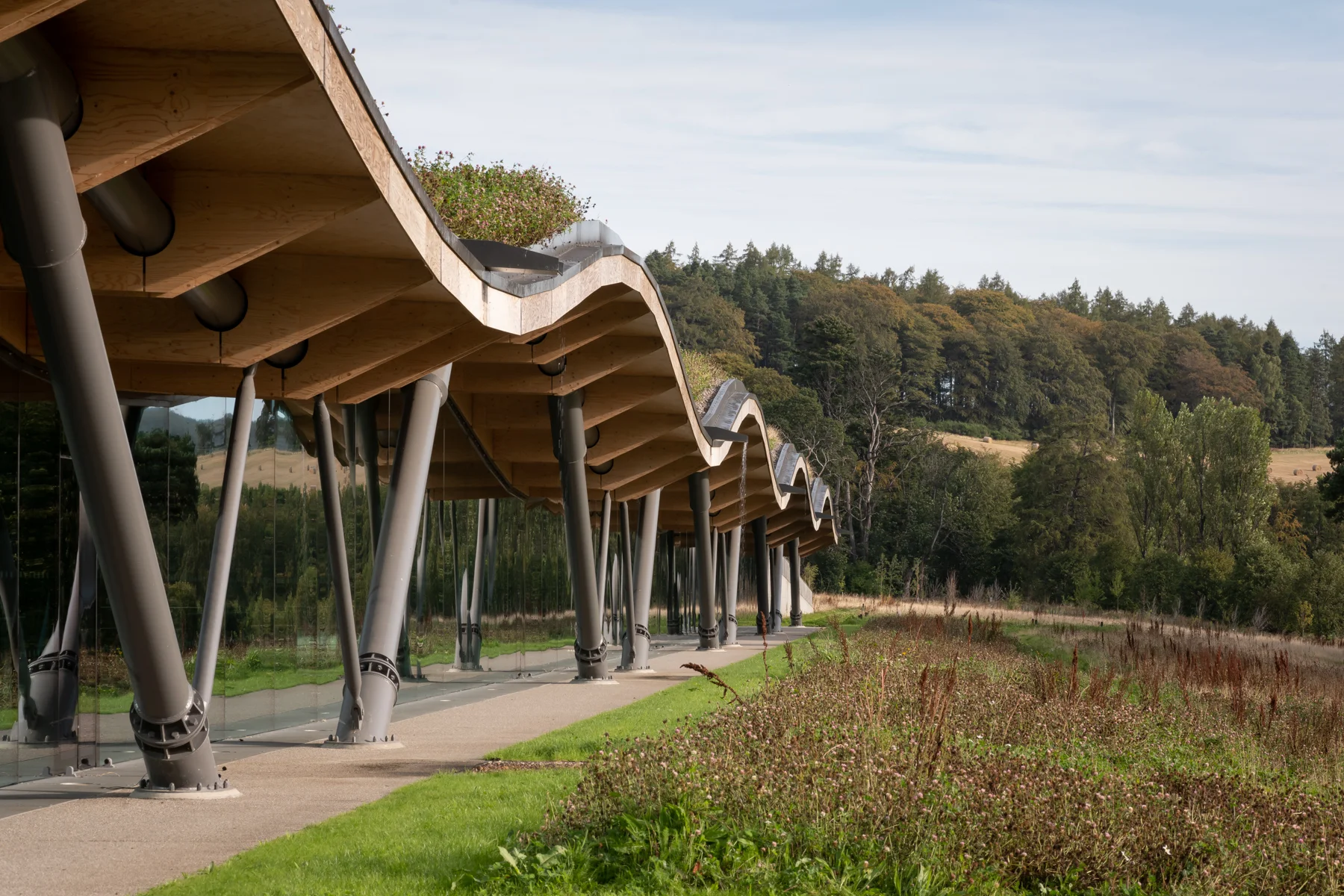I’ve been developing an ambitious project for a while now. Working with Angus Carlyle the project mixes field recordings, compositions, film and most ambitiously for me installations. It also reflects a period of ongoing development of my sound work and engagement with deeper listening and connection with space. It’s a bit scary and exciting. I’m full of self doubt and then moments of ‘actually this is really good..’ and there is a long way to go on that larger work but I’m sharing something now as part of Sound Walk September (organised by Walk - Listen - Create). (note - this walk is available but exists as a work in progress).
Beyond the lorries thundering past, the cries of seagulls and roar of waves there are other sounds on this industrial piece of coast. This walk presents a small fraction of a larger collection of real and imagined (what I like to call phantom) sounds recorded in the area around Shoreham Port.
The walk begins at The Port Kitchen cafe in Southwick and works its way along Basin Road South and then back towards Port Kitchen. It invites participants to explore the area around Shoreham Port in a different way, listening to the often hidden sounds and blurring the boundaries of what is real and what is imagined. Via the Echoes sound walk app, sounds are triggered as participants walk through different zones along the route, from the internal mechanisms of wind turbines and screeches of the steel depot, to dawn chorus on the hot pipe and storm winds blowing across the lock gates. You can find the walk via Echoes here.
There are lots of great sound walks happening during Sound Walk September. Go to Walk - Listen - Create’s website to find out more.







